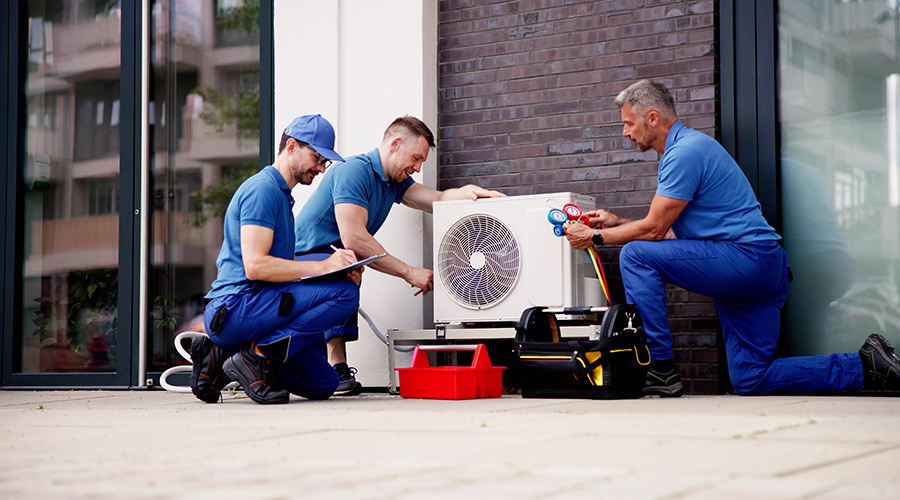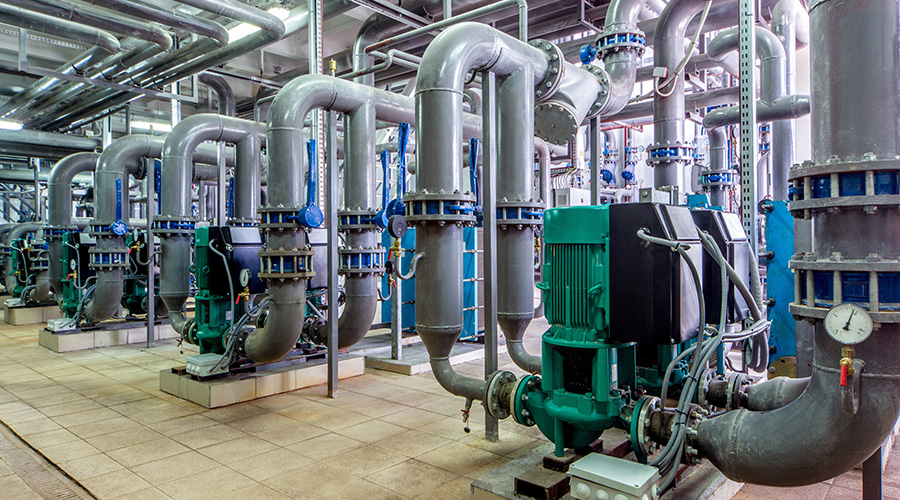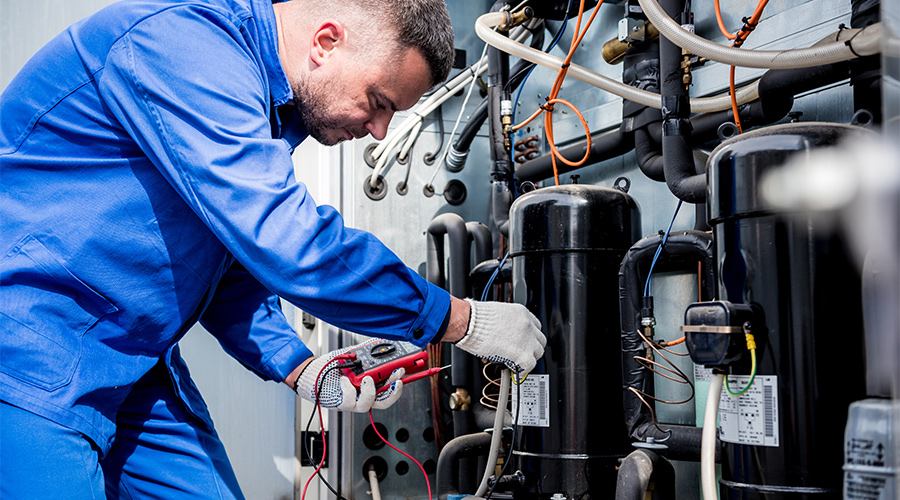University of Alabama Thinks Long-Term During Renovation
With temporary cooling and electrical systems in place, the department turned its attention to determining a strategy for the central plant. Besides the amount of damage incurred and the age and life expectancy of the equipment, the plant's current thermal load was perhaps the determining factor in the decision to renovate the plant.
"The UA campus is currently experiencing significant growth," says Frank Struss, the university's director of facilities engineering. "The university has added 3.1 million gross square feet of building space, and we have purchased and installed 38 chillers during the past five years." McKelvey adds that the overriding design goal for the project was to maximize the plant's thermal capacity without increasing its electrical power feed or the thermal-water-piping infrastructure, and to do so as energy efficiently as possible.
The primary factors in the chiller replacement decision, Struss says, were "reliability, energy efficiency, price, and ease of maintenance, which are always key decision drivers for all equipment purchased by UA. Chiller delivery lead time also was critical for this project, as it had to be completed during the winter months when the chiller demand on this central energy plant was low."
The department bought three 400-ton centrifugal, variable-frequency-drive (VFD) chillers with a non-standard part-load value of 0.415 kW per ton, McKelvey says.
"To increase the condenser-water capacity to match the new chiller capacity, the three cooling towers were rebuilt and retrofitted with larger VFD fans and new fill," he says, adding that the department also purchased new and larger vertical inline VFD pumps that combine improved efficiency with very low vibration and noise for the condenser-water system and for the primary and secondary chilled-water systems.
In-house crews also were important components of completing the renovation, says Paul Wuebold, the university's executive director of facilities and grounds.
"Having a significant number of UA employees working at night reduced our overall manpower that's available to take care of the campus during the day, thus requiring our other maintenance employees to step up and shoulder the additional day time work load," Wuebold says. "On several occasions, the UA maintenance managers and mechanics worked 16-hour days, working all night and then performing their normal duties during the day. Employee safety is always a concern when working at night and working long hours, so we increased our emphasis on working safely and had additional safety awareness talks."
Related Topics:














